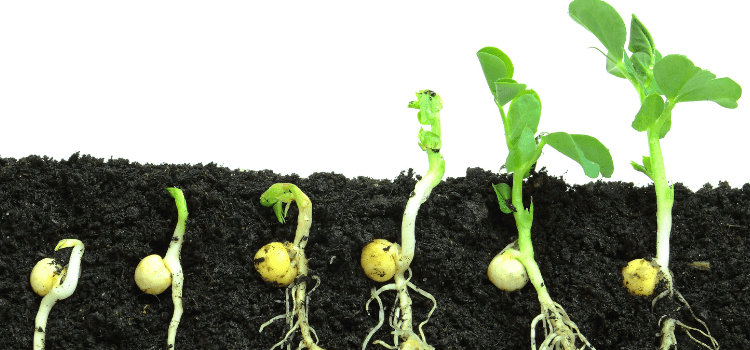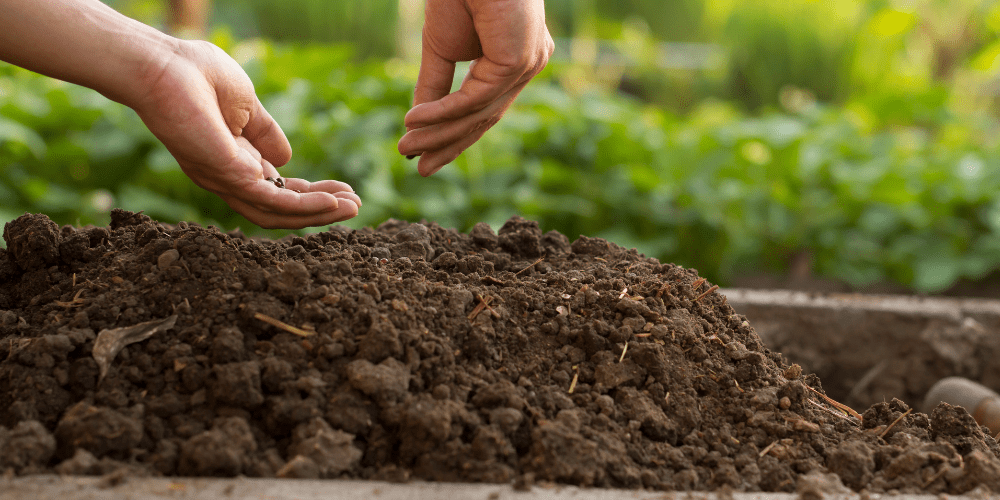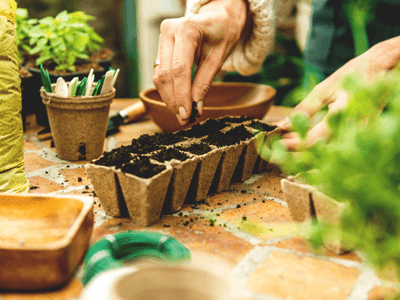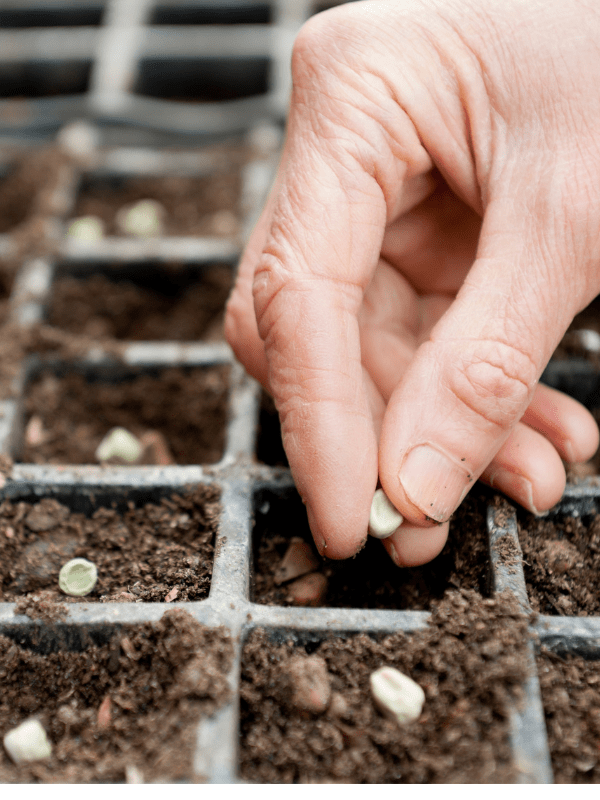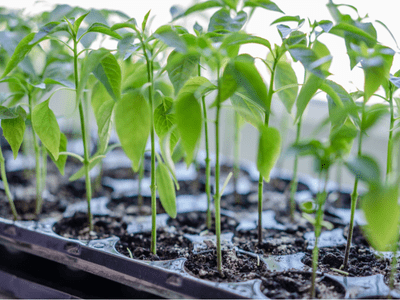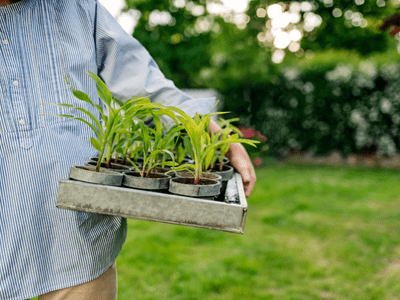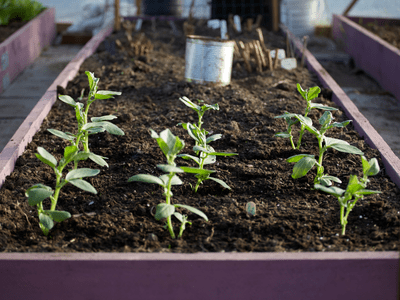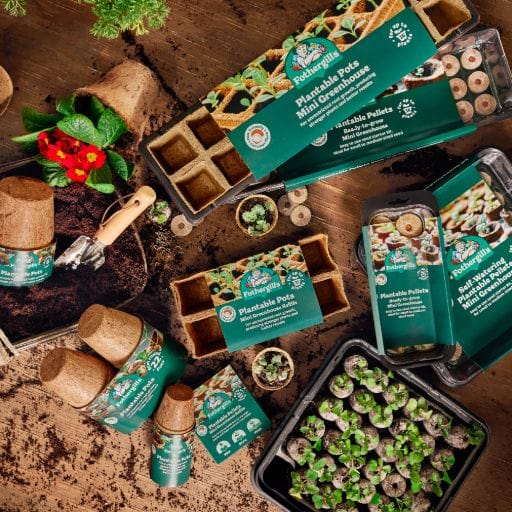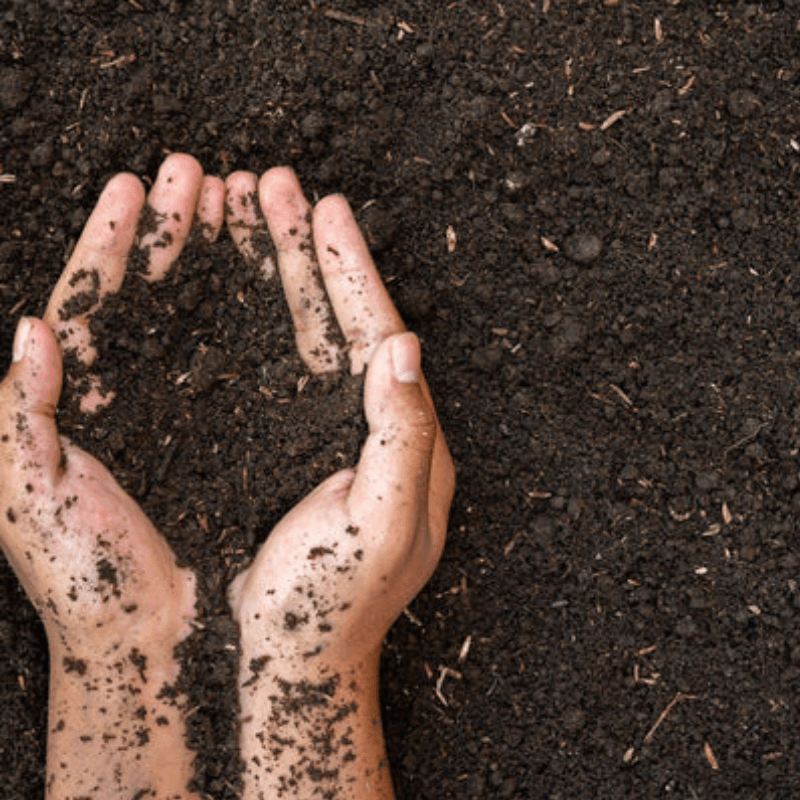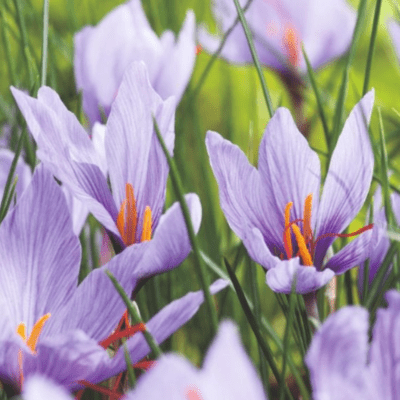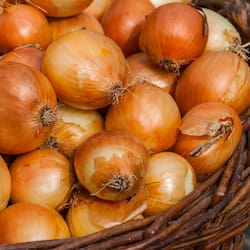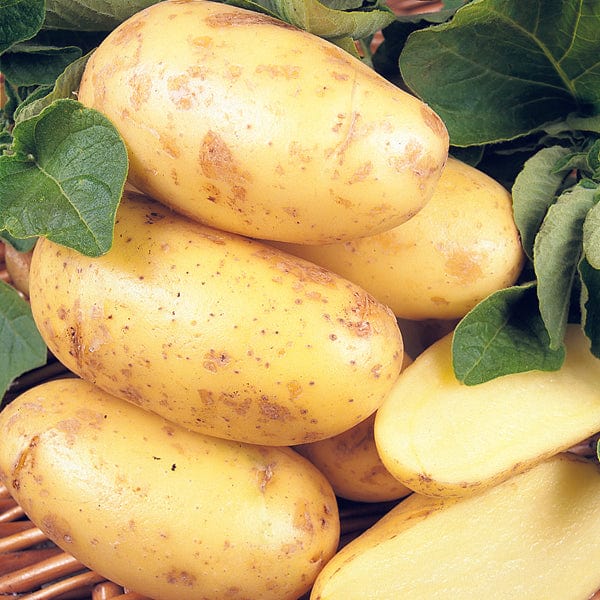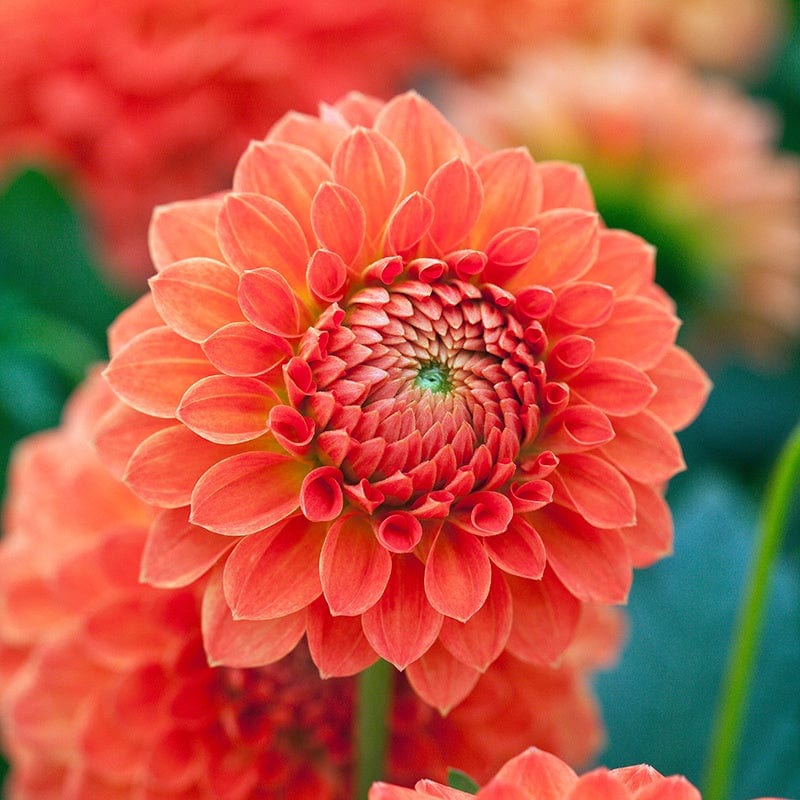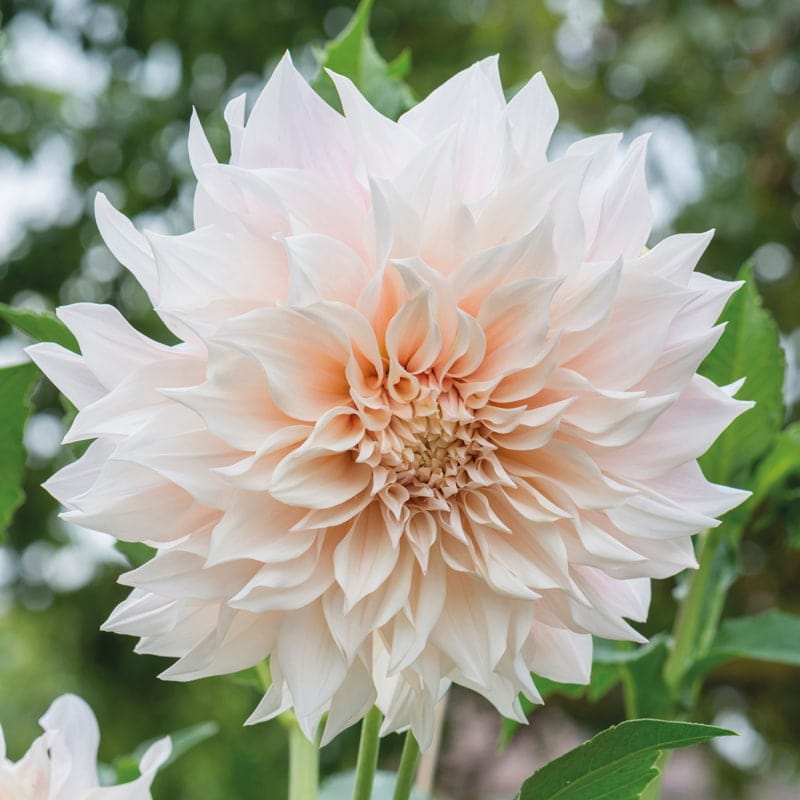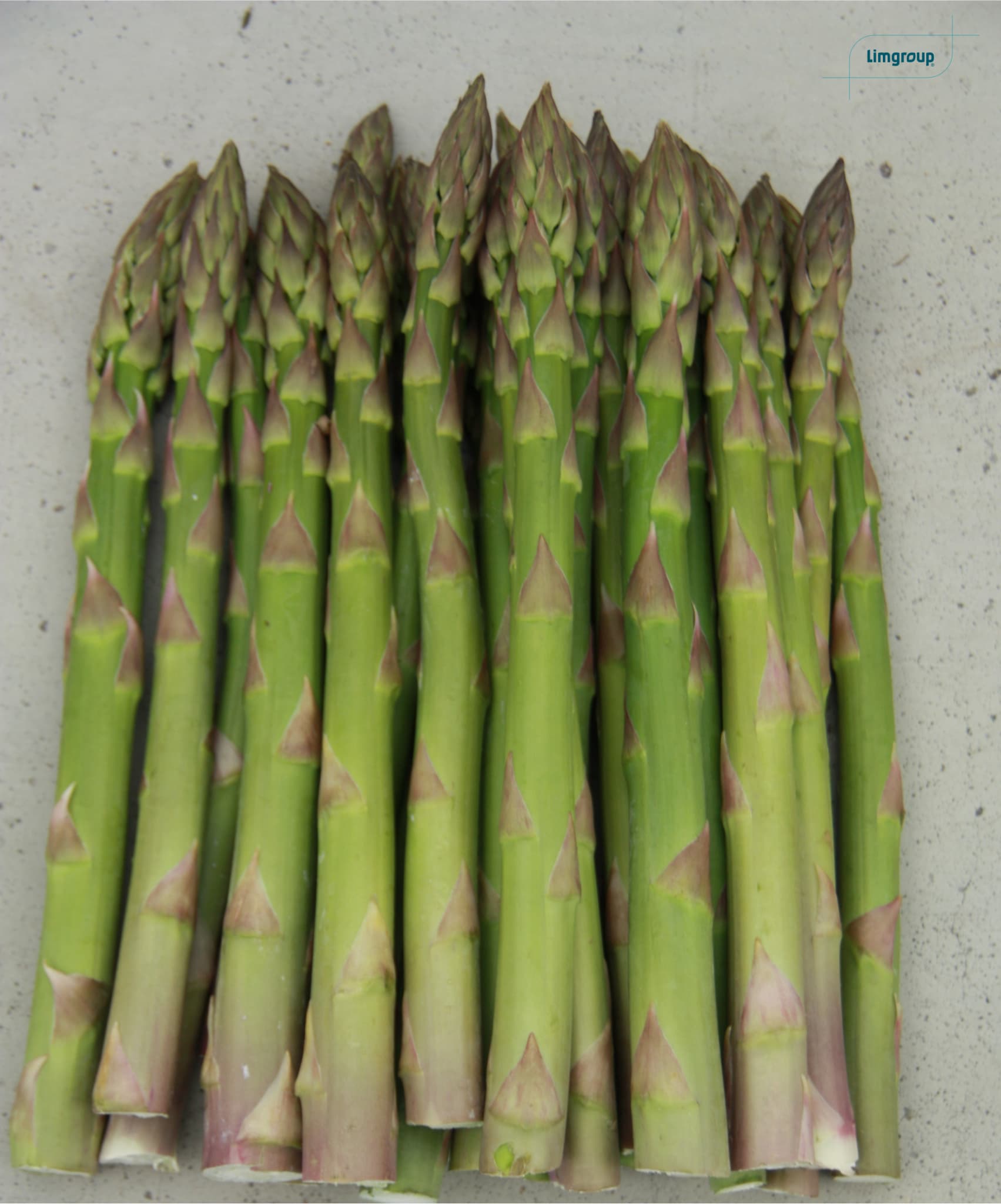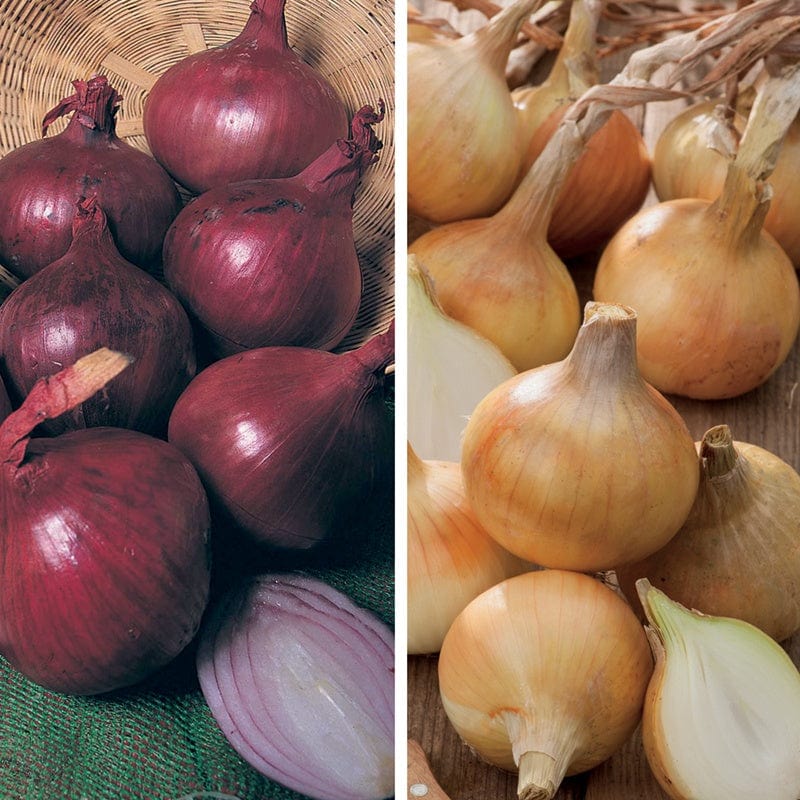Place the roots of each seedling into a hole in the fresh compost, firming it in gently afterwards. In trays, the holes should be about 3cm apart. We suggest planting the seedling slightly deeper than it was before to ensure that it is well supported and won’t fall over. This is particularly important for seedlings such as tomatoes, which tend to have a long stem below the first leaves (the seed leaves or ‘cotyledons’) but the lowest leaves should always be above the compost surface. When pricking out is complete, pots or trays should be watered from below or gently from above with a fine rose. You must never use very cold water on seedlings at any time.
If you are growing a mixed variety, don’t just prick out the largest seedlings and discard the rest as it is common that not all of the colours germinate at the same time or rate. Unless all the seedlings are given an equal chance, it is possible to end up with only one or two of the colours.
For growing on, the pricked out seedlings need to be returned to a position where the temperature and light are similar to their previous location. They should then be kept moist but no feeding should be necessary until they are well established. If they become overly large or crowded before they can be planted out, don’t be afraid to ‘pot them on’ again into larger cells or pots.
Before they can be planted outside your seedlings will need to get used to the conditions in your garden. To acclimatise them to life in the open air, you should put them outside in a warm and sheltered spot during the day and bring them in again at night for a period of about two weeks. This process is referred to as ‘hardening
off’. An alternative to moving seedlings in and out is to transfer them to a cold frame where they can be covered over at night.
